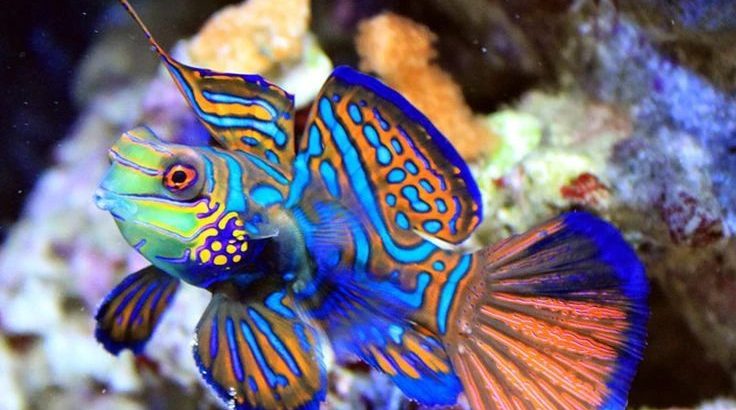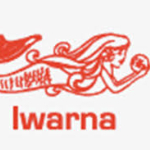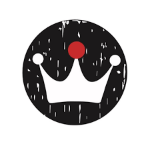Avoid these fishes!
YES, Avoid these fishes!
Here today we will discuss the most popular fish in the trade to be avoided. Given the beautiful color or the fish or perhaps the cheap price, you should always research and prepare for it as the fishes listed might be difficult to keep or difficult to get it fed.

One of the most sough after fish ( Achilles Tang ) which belong to Acanthurus family is very susceptible to ich and require good water quality and large swimming space
Ich Magnet
Tangs are one of the obvious ich magnets, by saying ich magnets means they are easily susceptible to ich. One of the genus to avoid are Acanthurus which consist of Powder Blue, Powder Brown, Powder Black and Archillis tang are the most common fish to be seen in trade and also most susceptible to disease in a Reef Tank. It is not totally impossible to keep this species however you are required to quarantine every single fish that enters your tank from the start and also prepare to dip anything that enters it too because this is to lower the risk of diseases entering your tank.
However, it still doesn’t 100% eliminate the chance of this fish getting caught with ich or die. One way to ensure your fish to be healthy and resistant is to feed them well to build up their resistance and ensure fish is fully quarantined before introducing it to your marine tank. Do also take note of the existing tank mate in your system as if it is not properly introduced, they might be aggressive towards each other and being bullied by established fish in the system which might weaken their immune system making them susceptible to develop ich again. Tangs also required amber swimming space and it is only recommended for reefer with 3ft tank and above.
Damselfish
Affordable, elegant and beautiful as it seems to be, however so note that some of the damsel species are notoriously aggressive fishes to other tank mates, that will attack another tank mate once it is established. If you really like this species you should consider introducing it last (Which maybe seem impossible because we always want to add new stuff), or introduce a bigger size fish after it. Be sure to research on the behaviour of the damselfish that you will be getting to avoid any aggression.
Damselfish might do well in a school in the ocean but however, in a small tank, they often chase and bully themself to death as victims of the bullied may find themself hiding and die from starvation.
Copperband butterfly
Even myself, I love the beautiful white and yellow colours and also the long peck. However, do note that this fish diet is only known to eat copepods and aiptasia. You can train them to eat Mysis shrimp but it will require a lot of patience for that. Impossible to keep? No. But it has really come to how much commitment you can keep this fish with some stroke of luck as well.
Once you are able to obtain a healthy specimen, the chance of getting it to feed prepared food will be higher, and you will be rewarded with a beautiful specimen swimming in your tank.
Dragonet (Mandarin fish )
Same as a copperband butterfly, their diets in the wild consist only of live copepods and pods that are small enough to enter their mouth. It should only be kept in an established tank with lots of critters for them to hunt in the while. If you keep in a small tank, train them to eat mysis in a small isolation before release or else they will just ignore the food as they are never going to try to nibble on it unless in a confined area. Weird huh. Fortunately, there are captive breed specimen that is ready train to feed prepared food even pellets as well! However, do prepare to pay a little bit more for these captive breed one.
Bicolor Dottyback
Small yet aggressive. Dottyback is one of the most common fishes in the marine trade that newbies tend to purchase because they look like Royal Gramma from finding nemo. This fish may look gentle and harmless but do not be deceived by its looks, as once settled, they are really really really aggressive in their own space and always tends to bully new tank mates to death. I would totally avoid this fish but then if you really like this fish, do consider introducing it as the last fish without its own kind/body shape with ample swimming space for it.
Pygoplites diacanthus – Regal angelfish is consider one of the harder angel fish getting it to feed prepared food in an aquarium environment. Most eat sponge in the wild.
Picky eater Angelfish
Some angelfish are picky eaters and it could be challenging getting them to eat prepared food in the captive aquarium, as some of their natural diets in the wild usually consist of a wide variety of sponge. Some species not limited to are Regal Angelfish, Multibar Angelfish and Golden Angelfish are the few of the beautiful angelfish that are often reported hard getting them to eat in a captive environment, which often ends up being dead from starvation.
I will only recommend to purchase them if they are eating pellet in a LFS or show sign of feeding .
PS: Do find out what pellet brand it is eating and get them to mix with what you feeding with.
Lastly, other than avoiding the fish, you should also learn about how to pick a healthy fish which I will write on it next time. If you have more fish you wish to bring to attention to avoid, do write on the comment below.











